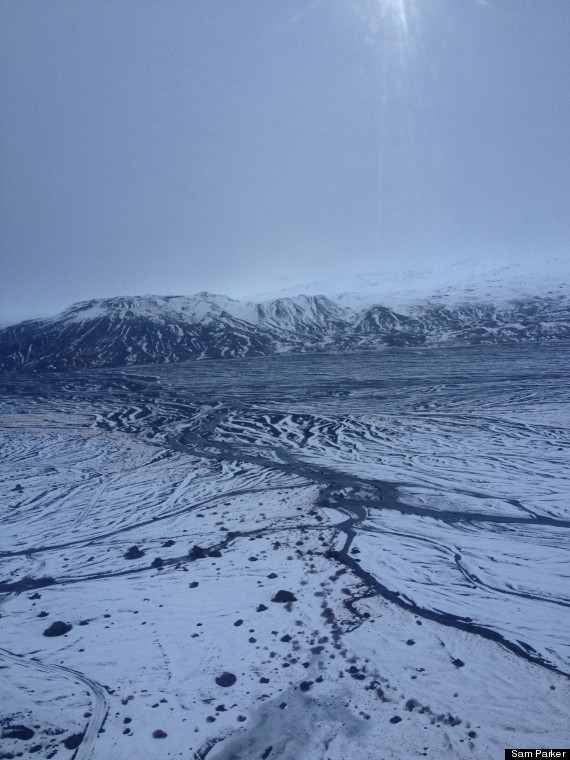Sam Parker, Culture Editor of Huffington Post UK, shares his thoughts from his time spent in Iceland. Check out the excerpt below, or click here to read the entire article.
“Get ready” my driver tells me, “because things are about to get dark.”
Outside my window, the distant lights of Reykjavík flicker faintly in the purest shade of black I’ve ever seen. This is Iceland in the winter, a time when the sun peers wearily over the snow-encrusted land for just four hours a day.Get darker? I think, How can it?
Our truck rumbles past the outskirts of the capital, takes a sudden turn South towards the sea. Somehow the atmosphere outside thickens, the darkness like a hand tightening its grip. We bump along a road of dips and bends and looming rocks that pass coldly through the headlights, then stop.
I’d arrived in search of adventure: a taste of the wild. And when I said that to the man who picked me up at the airport and he suggested stopping by a local beauty spot, I’d agreed. Now I am following him blindly as blasts of arctic wind hit us from every direction, until we stumble around a rock and see it: the tides of the Atlantic, thrashing up and down the shore in the moonlight.
My eyes adjust. I look at my guide, seeing him properly for the first time. His eyes dart out over the waves as he gives Mother Nature a bearded grin. He hands me bottle of whiskey and I take a swing. As the beautiful intensity of it settles in my chest, it leaves behind an epiphany: I’m staring out at the edge of the world.
*
Until Viking settlers first began to arrive in AD 874, nothing much survived in Iceland except a few arctic foxes. Even now, after becoming one of the most prosperous countries in the world, only 320,000 people live on the island – making it the least populated country in Europe.
Of those 320,000, two-thirds live in and around the capital city of Reykjavík. The remaining 100,000 or so are hardy souls who tend to land both volcanically and geologically active, split down the middle by a tectonic plate called the Mid-Atlantic Ridge that is slowly tearing the island in half at a rate of two centimetres a year.
The name might suggest freezing weather, but the climate is the only moderate aspect of Iceland’s geography. Home to thirty active volcanoes, in March 2010 the eruption of Eyjafjallajökull forced 600 people to flee their homes and caused an almost complete halt to air travel across Europe. Almost a year later, Grímsvötn bellowed up a concoction of ash and lava that repeated the trick.
It is into this hostile landscape, conquered only by the most the vicious marauding tribe in history and survived today by just a tiny handful of their descendants, that I arrive looking for adventure. Iceland’s excellent health care, pioneering welfare provisions and world-leading gender equality levels – none of it is of any interest, this time around. I am just here to see some of the most dramatic landscapes on earth.
*
Click here to read the entire article from Huffington Post UK.


Comments
article Next
article